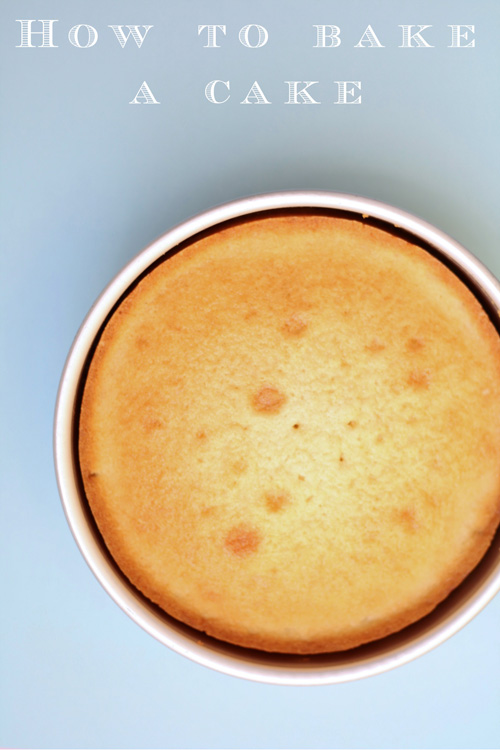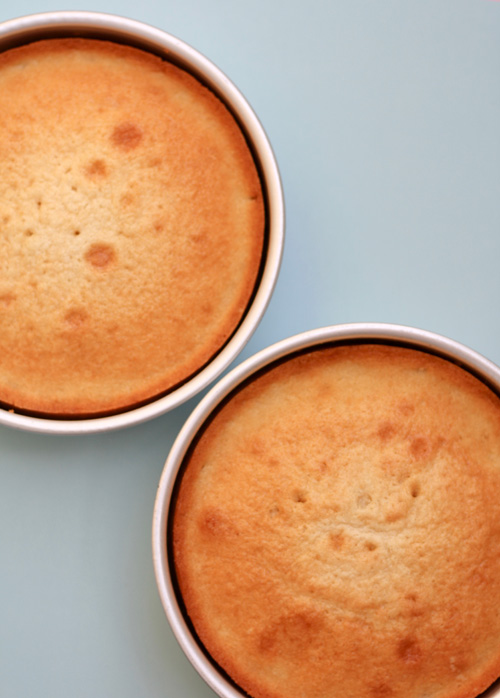Does baking a cake seems like a science experiment? Well you don’t have anything to fear if you follow my steps and prepare ahead of time.

1. Read the recipe
I know this may sound silly but it’s happened to everyone, you are in the middle of mixing your ingredients and you notice that you are missing something! My husband has had to go on many missions for me. So read through your recipe, check your pantry, check expiration dates and gather all the items you need on your kitchen counter before you begin.
2. Bring your ingredients to room temperature
Take out the butter and eggs and bring them to room temperature. Some recipes require you to cream the butter and sugar until it’s light and fluffy; if your butter isn’t at room temperature you have one difficult task ahead. If you are running short on time and you want to speed up the process you can cut the butter into small cubes or microwave the butter. You can also place the eggs in warm water to bring them to room temperature.
3. Measure your ingredients
I like to measure all my ingredients ahead of time. I spoon the flour from the bag into a measuring cup, then I sweep off the excess with a knife. Sift your dry ingredients to make sure there are no lumps in the batter.
Tip: Don’t scoop the flour directly from the bag with a measuring cup because the flour will become compacted, and you’ll get more than your recipe required.
4.Prepare your pans
Butter and flour all your cake pans. Or if you are like me spray your pans with cooking oil spray. On intricate bundt pans I like to use vegetable shortening to ensure that the edges of the cake release nicely.
5. Preheat the oven
Preheat the oven before you start mixing your ingredients. This will ensure the you have the correct temperature once the cakes are ready to go in. Also set your racks in the center so that the heat distributes evenly.
6. Mix and bake the batter
Mix your ingredients according to the recipe. Follow each step and add the ingredients in the order that the recipe calls for. Fill your cake pans 2/3 high. And remember to rotate your pans half way through the cooking time. Some ovens are hotter towards the back of the oven.
Tip: Don’t over mix and don’t under mix! Remember take your time.
7. Test the cake to make sure it’s done
Insert a toothpick or a cake tester into the center. When a cake is done, you will see a few crumbs sticking to the toothpick or cake tester when you withdraw it. If the cake is not ready, there will be wet batter on the toothpick or cake tester.
8. Cool the cake and unmold
When the cake is done, take the cake out of the oven. Most cakes are cooled on a metal rack for even air circulation. The recipe will indicate whether the cake should be cooled in the pan or on a metal rack. If needed gently run a sharp, thin knife between the edge of the pan and the cake. Then invert your cake onto metal rack to continue cooling.

I hope you are now ready to bake your next cake! Stop by next week and I will show you how to level your cake.
Happy Baking,

I really loved your post. I read your blog quite often and I just
shared it on Facebook. Keep up the good work.
I really loved your post. I read your blog quite often and I just shared
it on Twitter. Keep up the good work.
Thank you Mike!